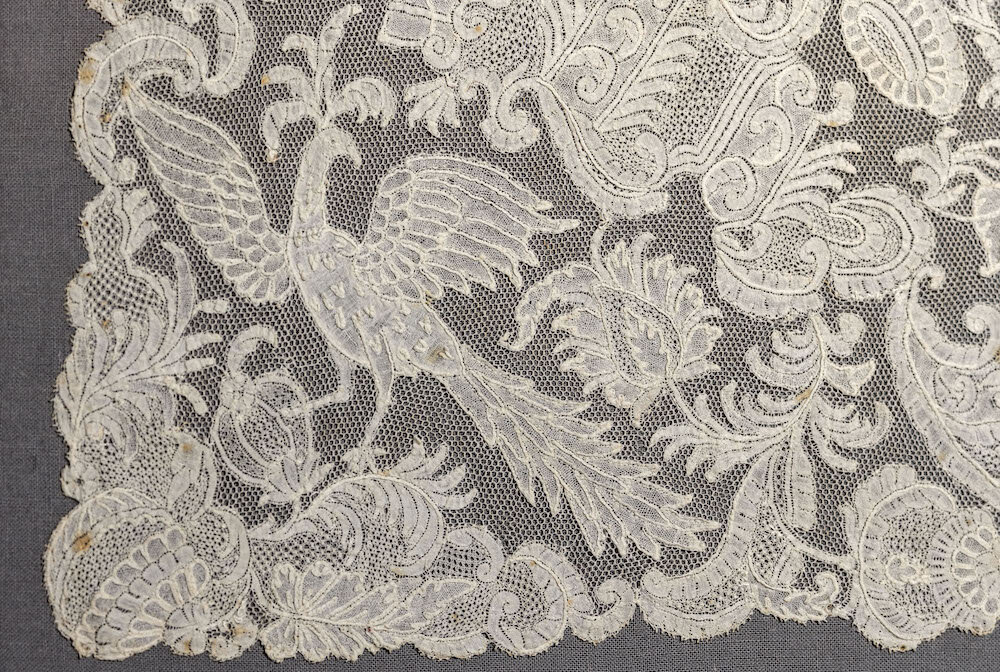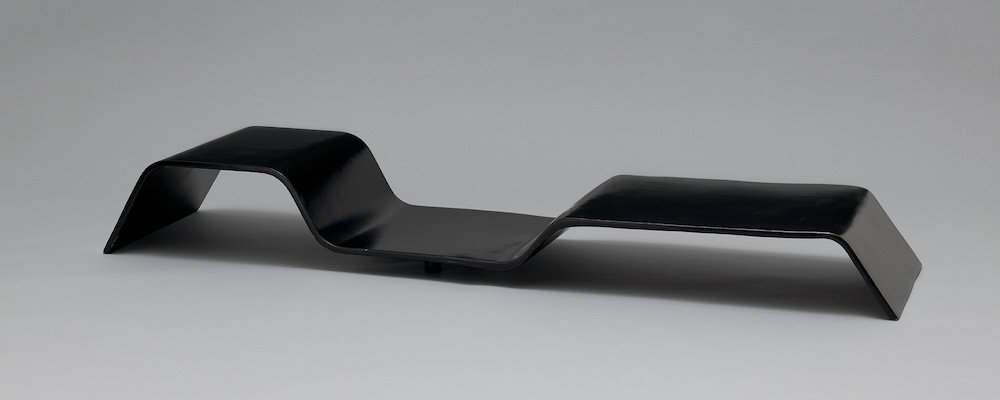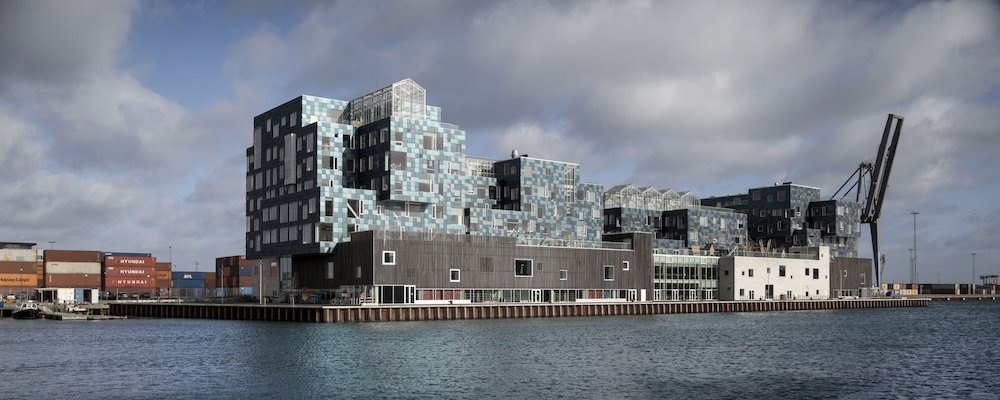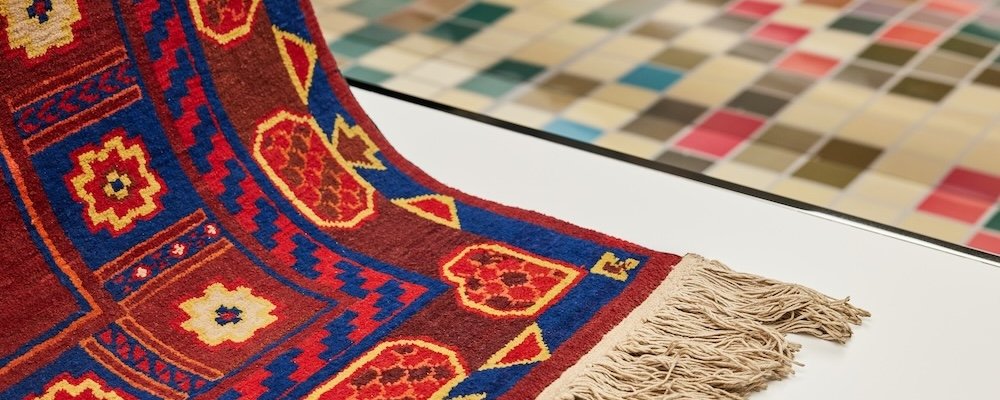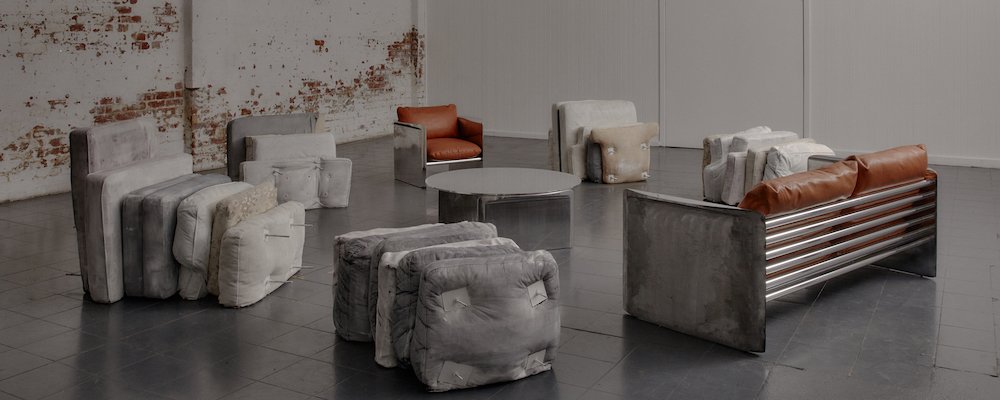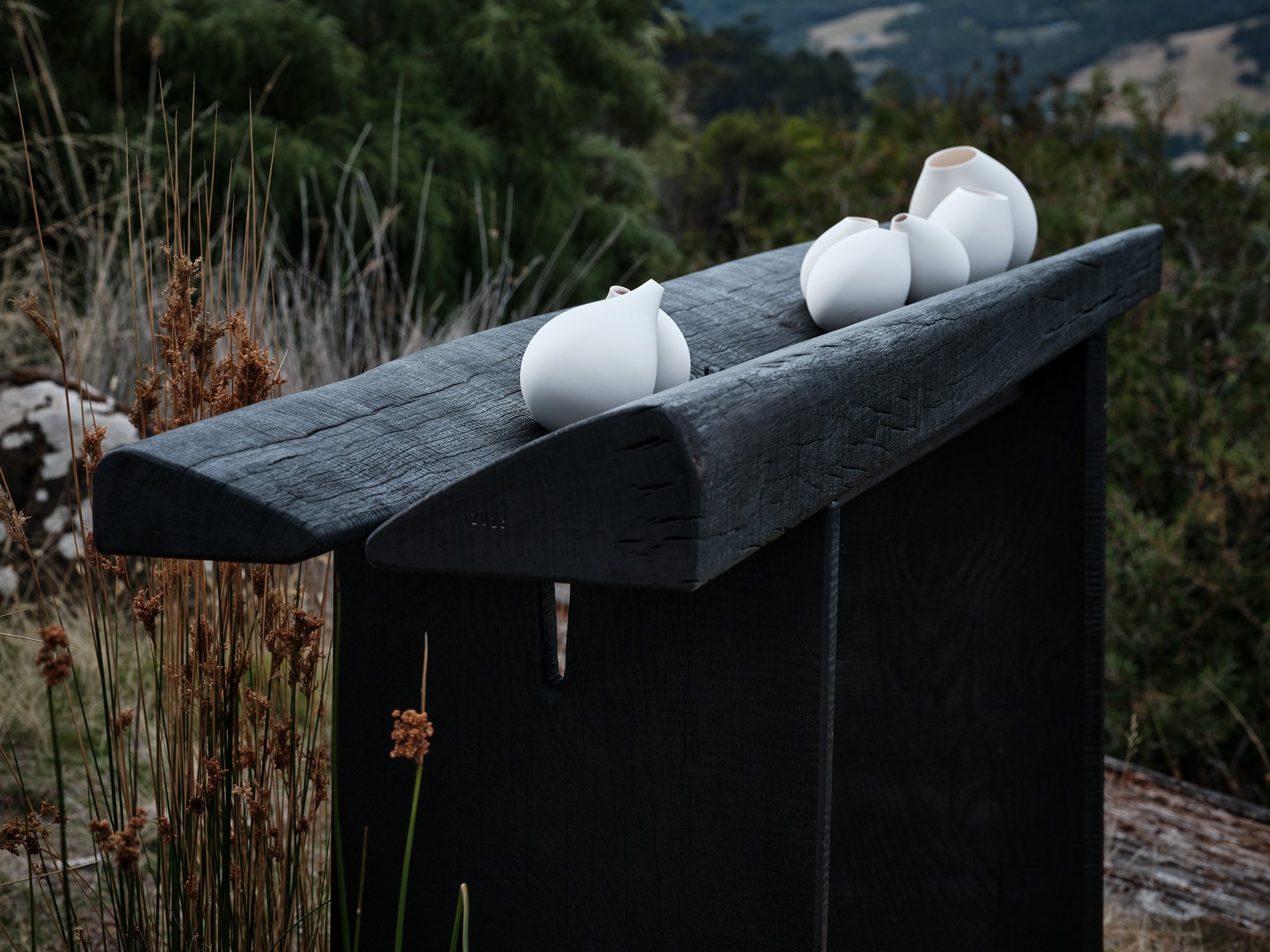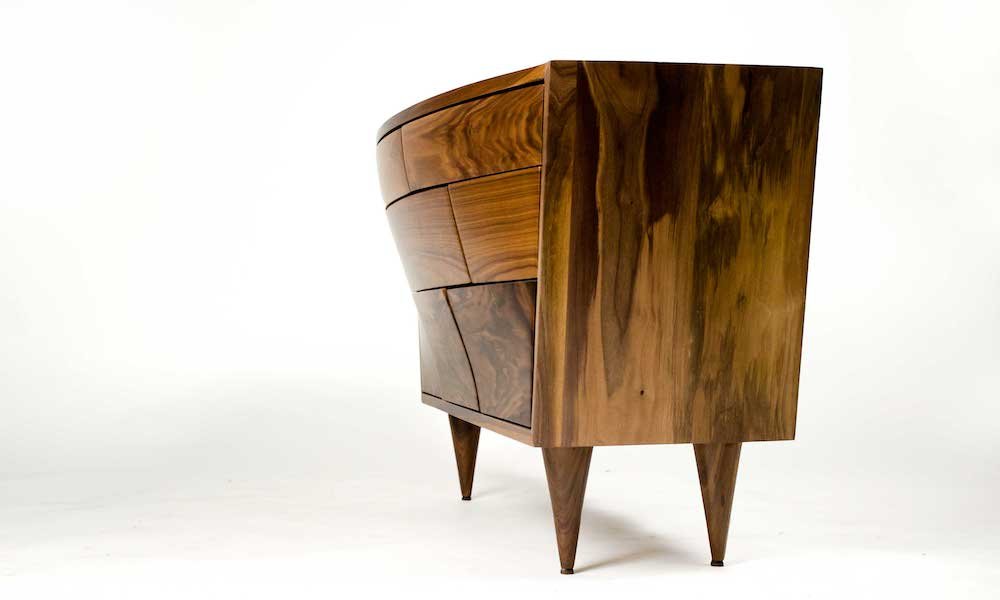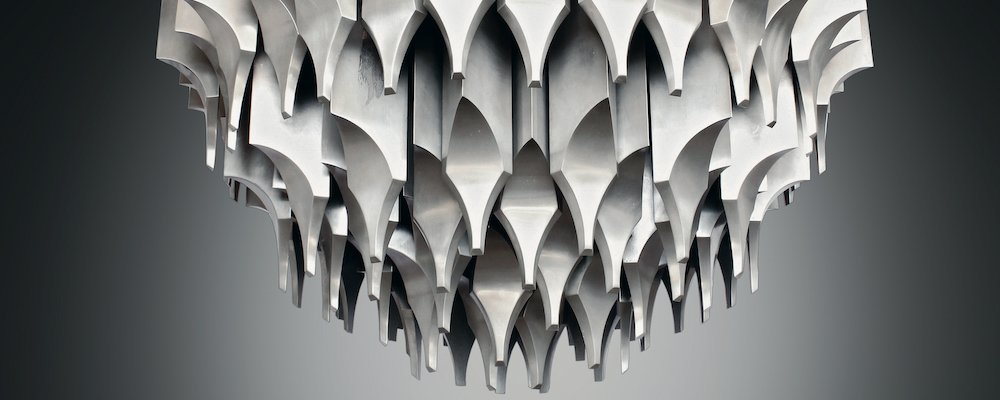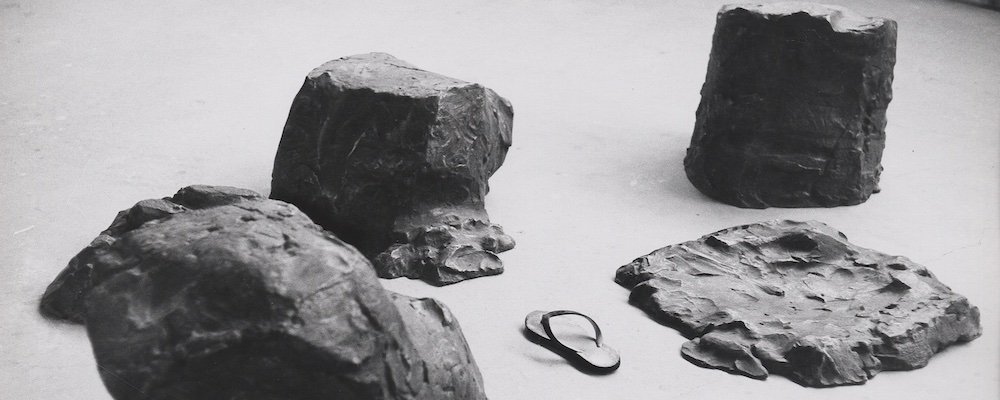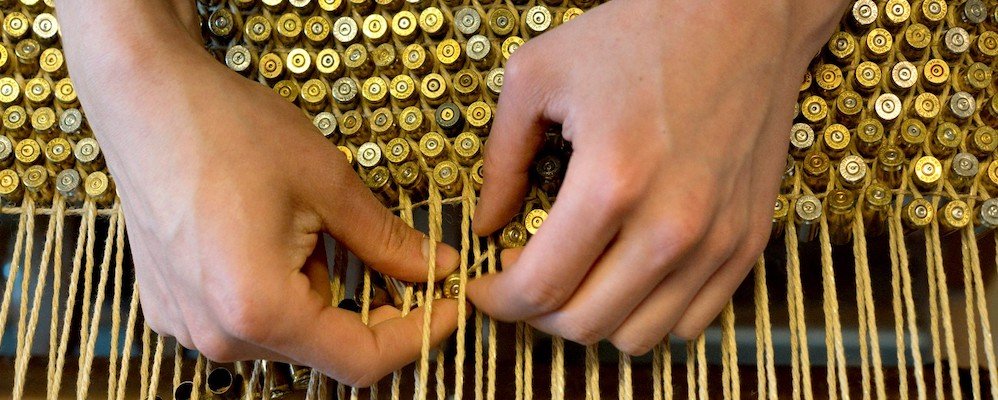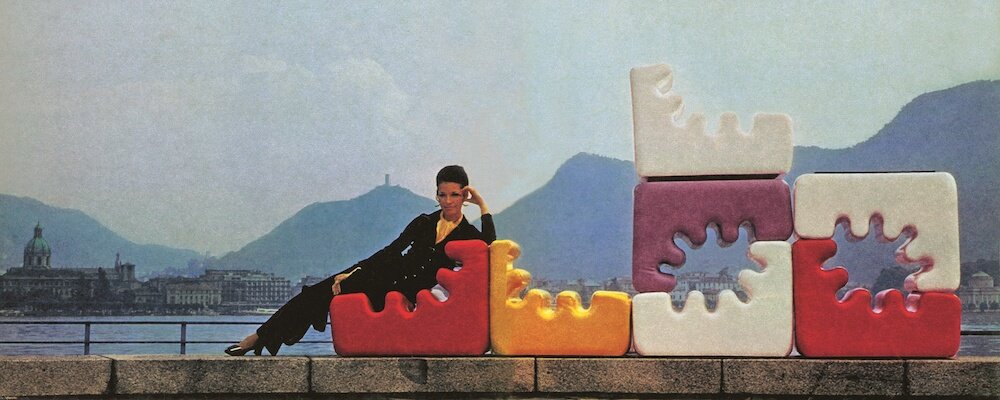Luxes
Following the acclaimed exhibition ‘10,000 Years of Luxury’ at the Louvre Abu Dhabi in 2019, the Musée des Arts Décoratifs presents Luxes. The exhibition explores perceptions of luxury through the ages and from all corners of the world.
UPDATE on May 3rd, 2021: The Museum will re-open on May 19th, 2021 and the exhibition is on display until July 18th, 2021.
Showcasing over-100 objects, the majority of which come from the permanent collections of the Musée des Arts Décoratifs, loans come from the Musée du Louvre, the Louvre Abu Dhabi, the Bibliothèque Nationale de France, the Musée du Quai Branly, as well as from some of France’s most prestigious design houses.
Devising and curating an exhibition on luxury through just over 100 objects involves intense scrutiny.
This becomes even more evident when considering that the Musée des Arts Décoratifs, an institution that has celebrated the relationship between art and industry since its founding in 1864, holds over 800,000 objects, many of which embrace luxury in its endless forms.
As early as the mid-19th century, the Musée des Arts Décoratifs, then known as the Union Centrale des Beaux-Arts Appliqués à l’Industrie, began receiving donations from prominent industrialists and collectors.
Highlighting works that represent the story of human fascination with beauty, rare materials, flawless execution and the transmission of well-guarded techniques up to the modern day, Luxes unveils objects from the ancient world.
Objects on display from this time, for example, include an Egyptian makeup spoon, a utensil that symbolised the worship of the divine) on loan from the Musée du Louvre, the Boscoreale Treasure (left) recovered from the aftermath of the ancient eruption of Mount Vesuvius, and a zoomorphic hedgehog vase from approximately 3500-3100BC, the oldest piece in the exhibition.
These artifacts illustrate the archeological perspective of luxury, where objects were carefully preserved both intentionally and accidentally.
While goods such as spices and salts were considered an extravagance during the Middle Ages, their proliferation through global trade centuries earlier gave rise to the Roman concept of otium, or simply leisure, heralding a new form of luxury throughout the Renaissance.
Articles represented from this period include objects such as a deck of cards, a backgammon board, then state-ofthe- art scientific instruments and rare manuscripts. For instance, in the 16th and 17th centuries, an arsenal of royal manufactories were created to facilitate the extravagant whims and wishes of Louis XIV and his court, such as Pierre Mangot’s casket (1532-1533), a silver-gilded box covered entirely with mother of pearl plates created by the famed silversmith to Francis I of France.
Also on display from this era are objects made by the Japanese art of kintsugi, which utilises gold leaf to repair broken ceramics as a way to record the object’s history.
These pieces are shown alongside, and perhaps conversely, opulent gold detailed porcelains from China. Highlights include a Qilin statuette (created during the reign of the Qianlong Emperor), a pot-pourri and a Chinese pagoda barometer-thermometer (both from around 1750).
The 19th century brought great creative and technological progress as displayed in the era’s World’s Fairs, events of unprecedented showmanship in Europe, the United States, and Asia.
The Salon 1900, permanently within the Musée des Arts Décoratifs, and designed by George Hoentschel for the Union Centrale des Arts Décoratifs as part of the 1900 Universal Exhibition, is a perfect example of the Art Nouveau style of the time. During the same period, haute couture was born when Charles Frederick Worth revolutionised the very definition of fashion by creating the blueprint of a modern fashion house. Additional fashion and design highlights in the exhibition include “the little black dress” by Gabrielle Chanel, the straw marquetry décors of Jean-Michel Frank, in addition to works by Hermès, Christian Dior, Louis Vuitton, Van Cleef & Arpels and Cartier.
A notable display on view within Luxes is from the famed jewelry, Tiffany & Co. Designed by American artist Robert Lauschenberg and Jasper Johns, the display depicts a wooden dock in the middle of a landscape, with an opulent diamond bracelet resting off the dock’s edge. The vitrine was installed in 1957 at the Tiffany & Co. Fifth Avenue flagship store in New York City.
In 2020, exhibiting luxury also means addressing the realities of the present day, from the physical preservation of humanity’s oldest and most cherished objects to the re-contextualisation of those items through the lens of current societal and political movements.
In the modern, globalised world, luxury is seemingly determined by the caché of a brand name or its logo. If some houses now seem to embody their identity as the very idea of luxury and owning a piece of that identity is the consumer’s endorsement, Luxes poses a rebuttal: to offer an ancient as well as contemporary context to understand what makes luxury one of the most singular and symbolic features of civilisations.
This exhibition was designed by Nathalie Crinière Agency and was funded by the European Confederation of Flax and Hemp. Additional support is provided by Comité Colbert, Tasaki, and by the Friends of the Musée des Arts Décoratifs.
Luxes, Musée des Arts Décoratifs, October 15th, 2020 - July 18th, 2021.

